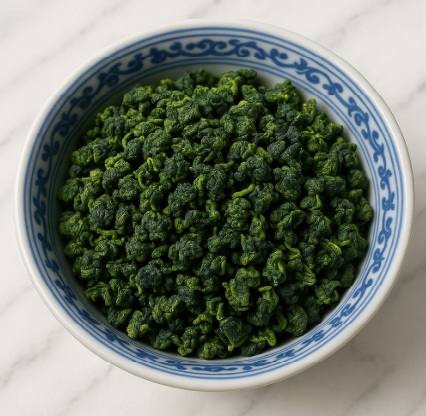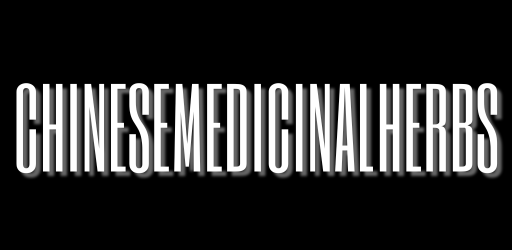Mulberry Leaf

Mulberry Leaf (Sang Ye): A Cooling Herb for Lungs, Eyes, and Heat Relief
Introduction
Mulberry leaf, known as Sang Ye (桑叶) in Traditional Chinese Medicine (TCM), is a cooling and light herb traditionally used to disperse wind-heat, moisten dryness, and clear Lung heat. With its sweet, slightly bitter, and cold nature, Sang Ye is commonly used for dry coughs, sore throats, red eyes, and early-stage colds. It is a gentle yet powerful remedy for calming internal heat while supporting respiratory and eye health.
What Is Mulberry Leaf?
Sang Ye refers to the dried leaves of the Morus alba tree, a plant long valued in both Chinese medicine and sericulture (silk farming). In TCM, mulberry leaf is classified as sweet, bitter, and cold, entering the Lung and Liver meridians. Traditionally, it is used to clear Lung heat, cool the blood, moisten dryness, and calm the Liver. Its versatility makes it a key herb for treating respiratory illnesses, eye problems, and skin conditions caused by internal heat.
Health Benefits of Mulberry Leaf
Disperses Wind-Heat and Relieves Cough
Sang Ye is often used for early-stage wind-heat colds, sore throats, fever, and dry coughs.
Moistens Dry Lungs and Soothes Throat
It helps hydrate the Lungs and ease symptoms like hoarseness, dry throat, and unproductive coughs.
Clears the Liver and Brightens the Eyes
Mulberry leaf is traditionally used for red, painful eyes or blurred vision due to Liver heat or wind-heat invasion.
Cools the Blood and Stops Bleeding
It helps manage mild cases of blood heat symptoms, such as nosebleeds or blood-tinged phlegm.
Supports Skin Health and Reduces Rashes
Its cooling properties make it beneficial for rashes, hives, or skin irritation linked to heat in the blood.
How to Use Mulberry Leaf
In Herbal Teas or Cooling Infusions
Steep 6–12 grams of dried Sang Ye in hot water for 5–10 minutes. Combine with chrysanthemum or mint for enhanced cooling effects.
In Lung-Supporting Soups or Broths
Simmer with white fungus, pear, and lily bulb for a light soup that hydrates the lungs and clears heat.
In Traditional Wind-Heat Formulas
Mulberry leaf is commonly found in formulas like Sang Ju Yin, often prescribed for early cold symptoms and dry coughs.
Where to Buy Mulberry Leaf
You can find Sang Ye at the following places:
-
Chinese herbal medicine shops
-
Asian grocery stores (dried herb or tea sections)
-
Online retailers such as Amazon, iHerb, or TCM specialty suppliers
Look for:
-
Crisp, clean dried leaves with a greenish or yellow-green color
-
Organic or pesticide-free certification
-
Aromatic scent without mustiness or signs of mold
Are There Any Side Effects?
Mulberry leaf is very safe for most people when used appropriately. Those with cold constitutions or chronic loose stools should use it with caution, as its cold nature can aggravate these conditions if overused. Pregnant individuals should consult a practitioner before use in large amounts.
Conclusion
Mulberry leaf, or Sang Ye, is a cooling, gentle herb in TCM that clears Lung heat, nourishes dryness, supports eye health, and soothes wind-heat conditions. Whether brewed into refreshing teas or included in light soups, this versatile leaf offers a simple and effective way to maintain respiratory and visual wellness, especially in warm seasons.
FAQs
Can I drink mulberry leaf tea every day?
Yes, especially during periods of dryness, heat, or seasonal allergies. Moderate use is recommended for long-term consumption.
What does mulberry leaf taste like?
It has a mild, slightly sweet and grassy flavor with a cooling finish.
Is mulberry leaf safe for children?
Yes, in small doses and under supervision, particularly for mild fever, coughs, or red eyes.

